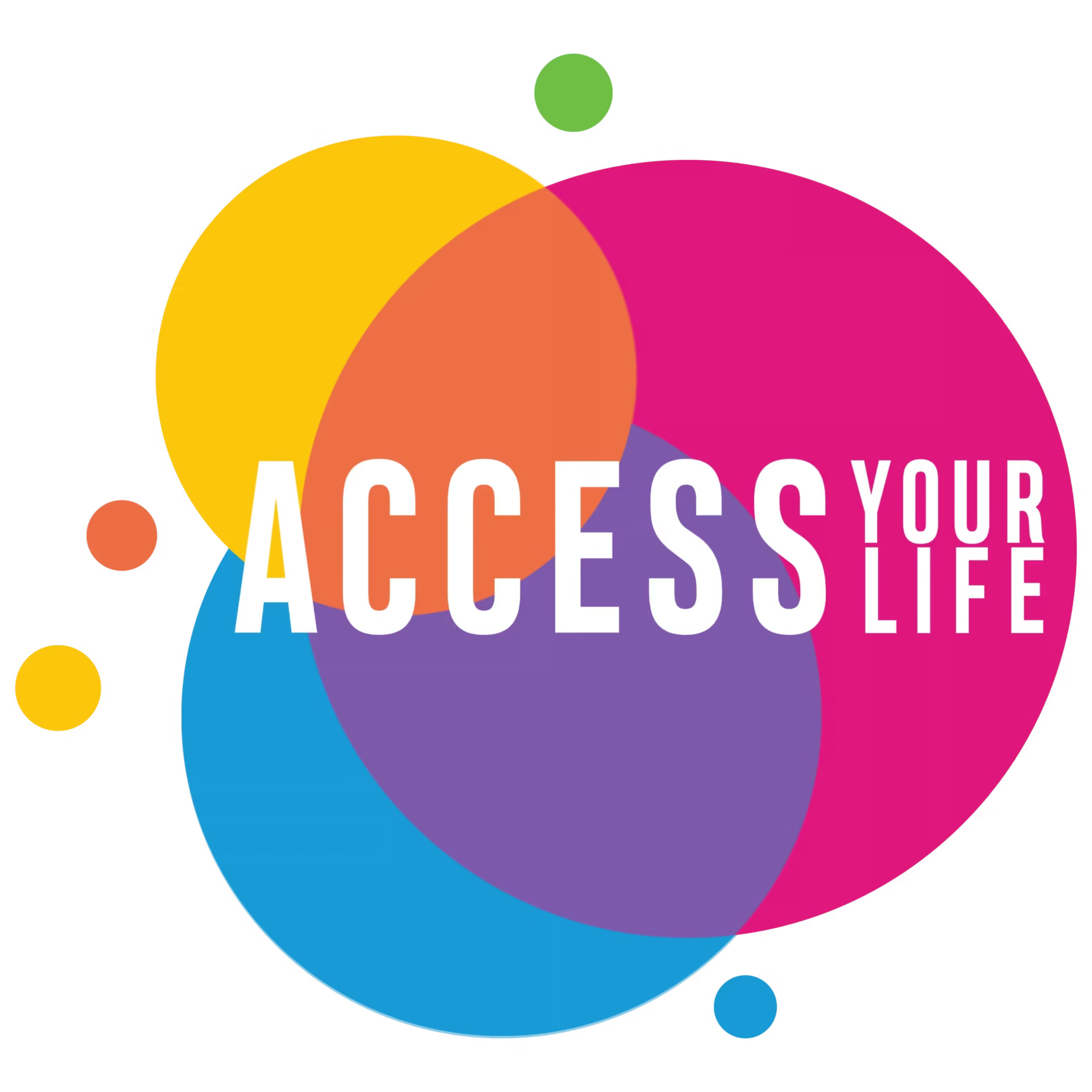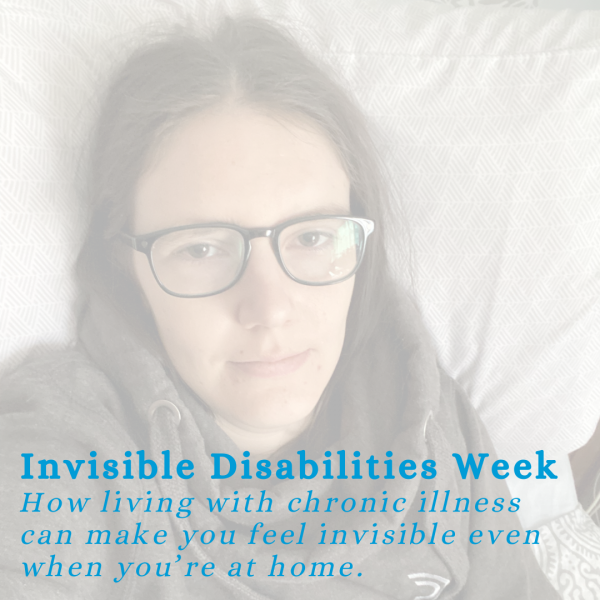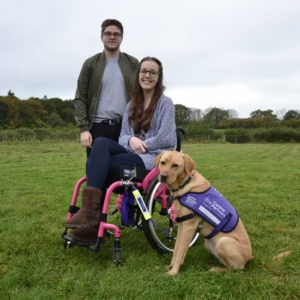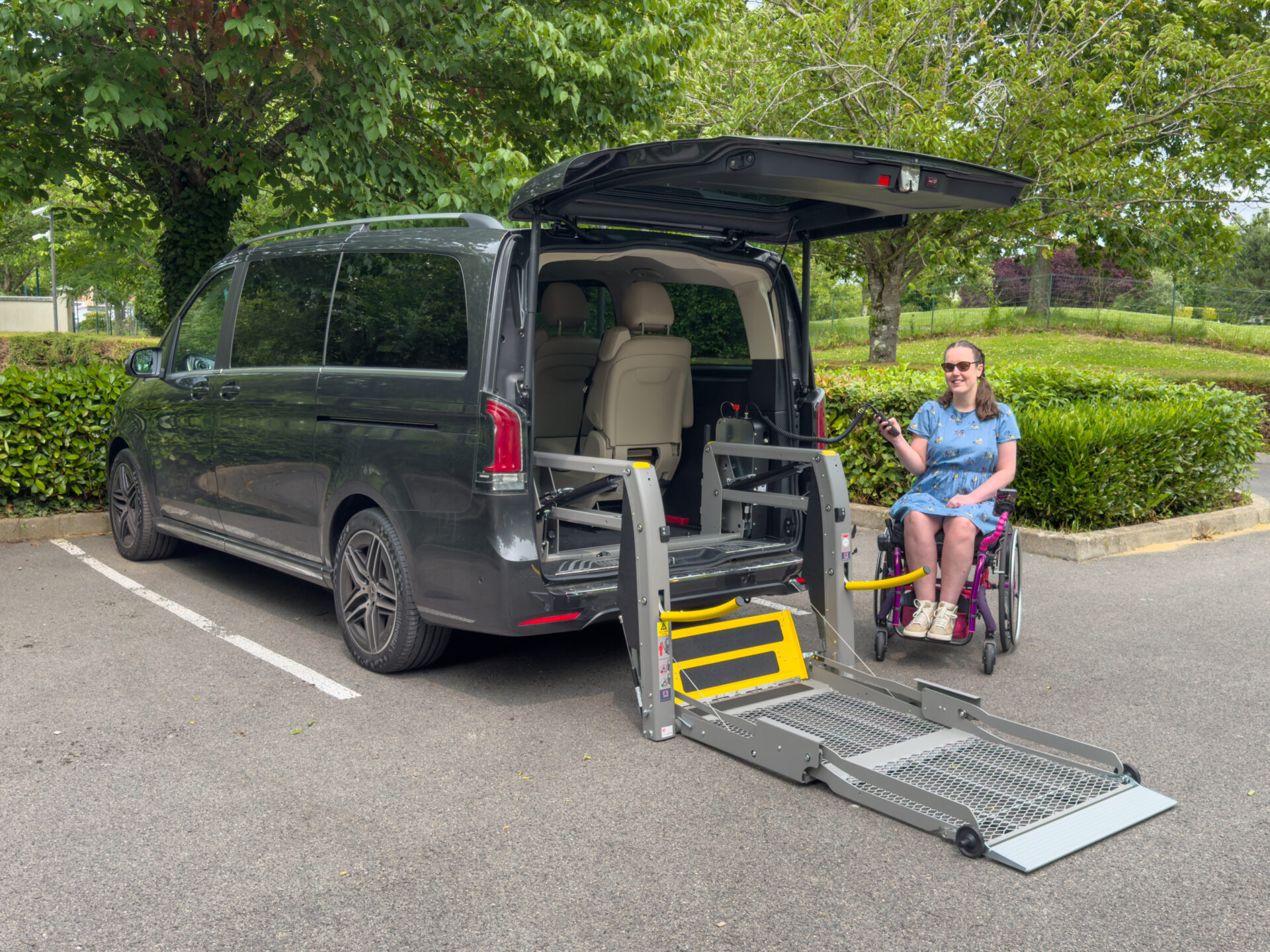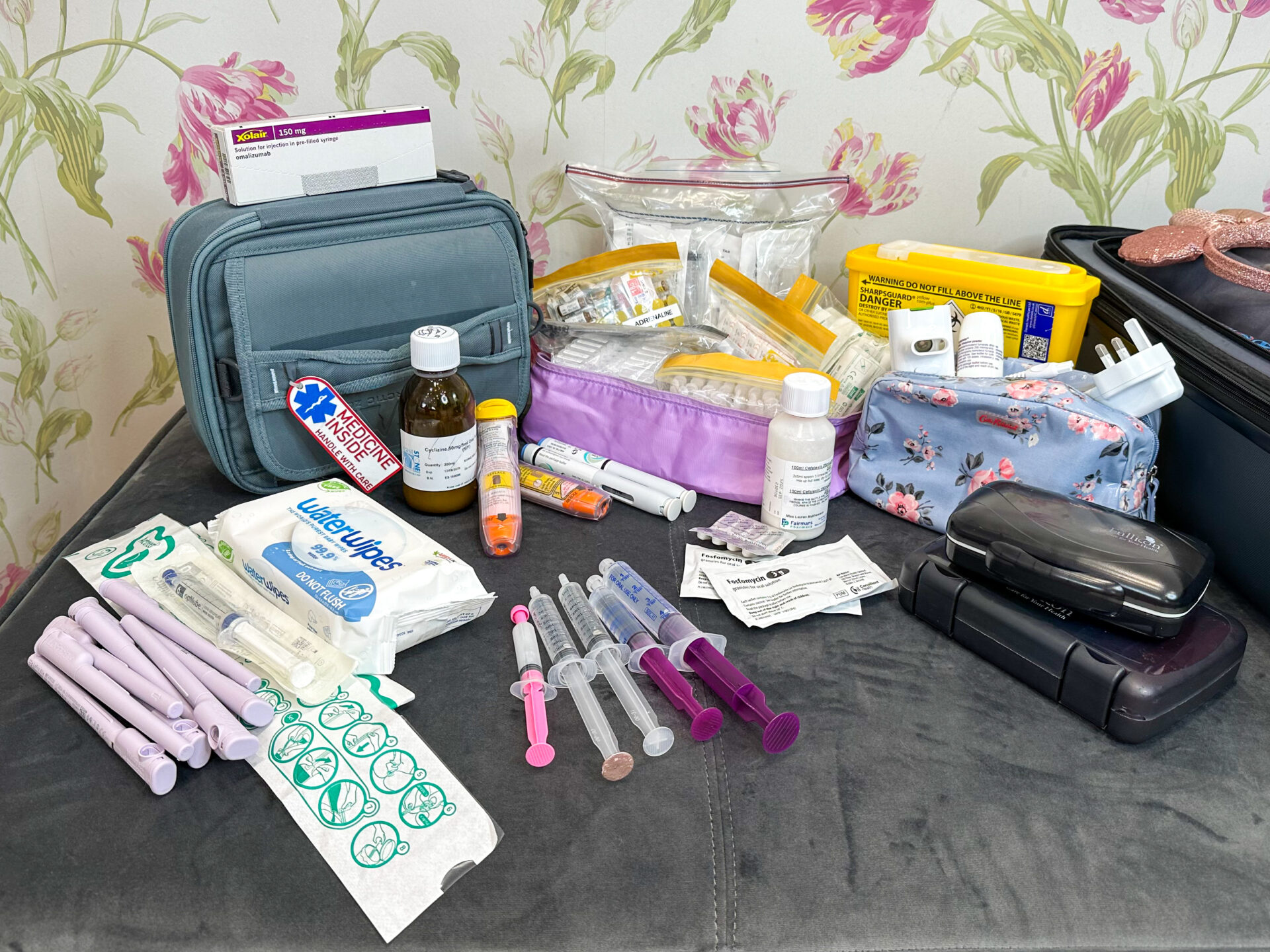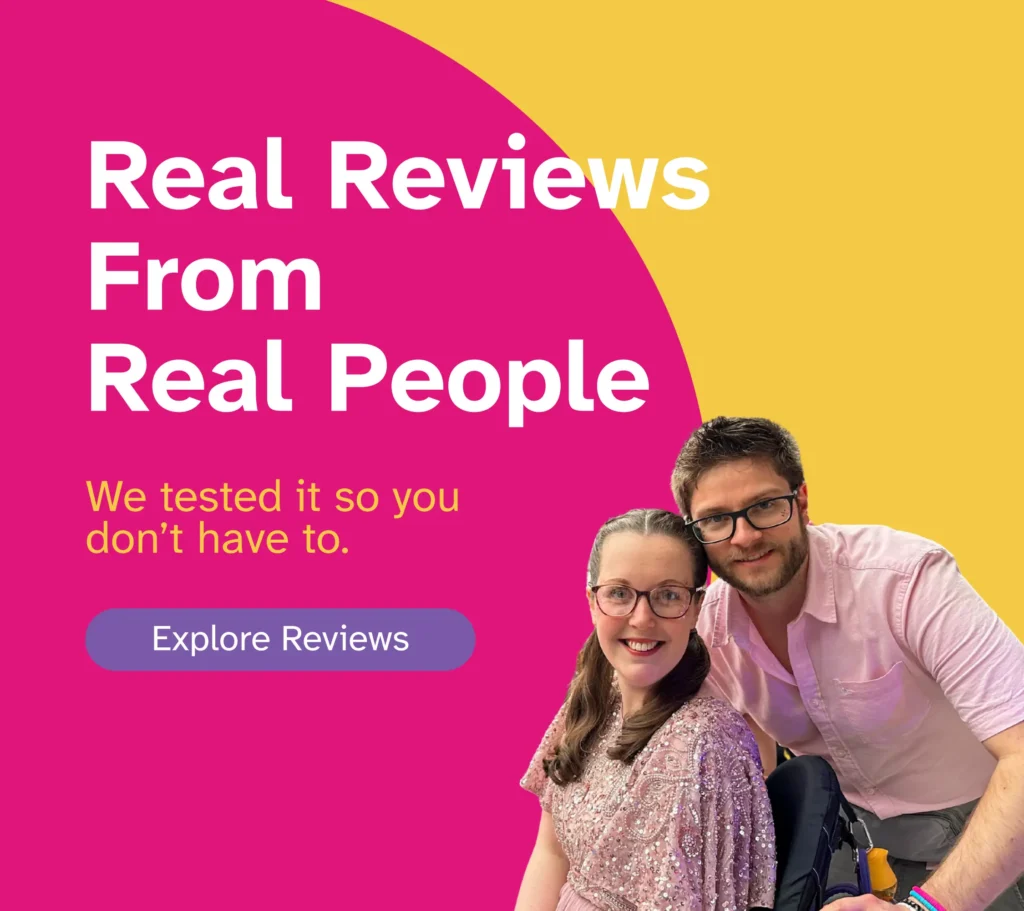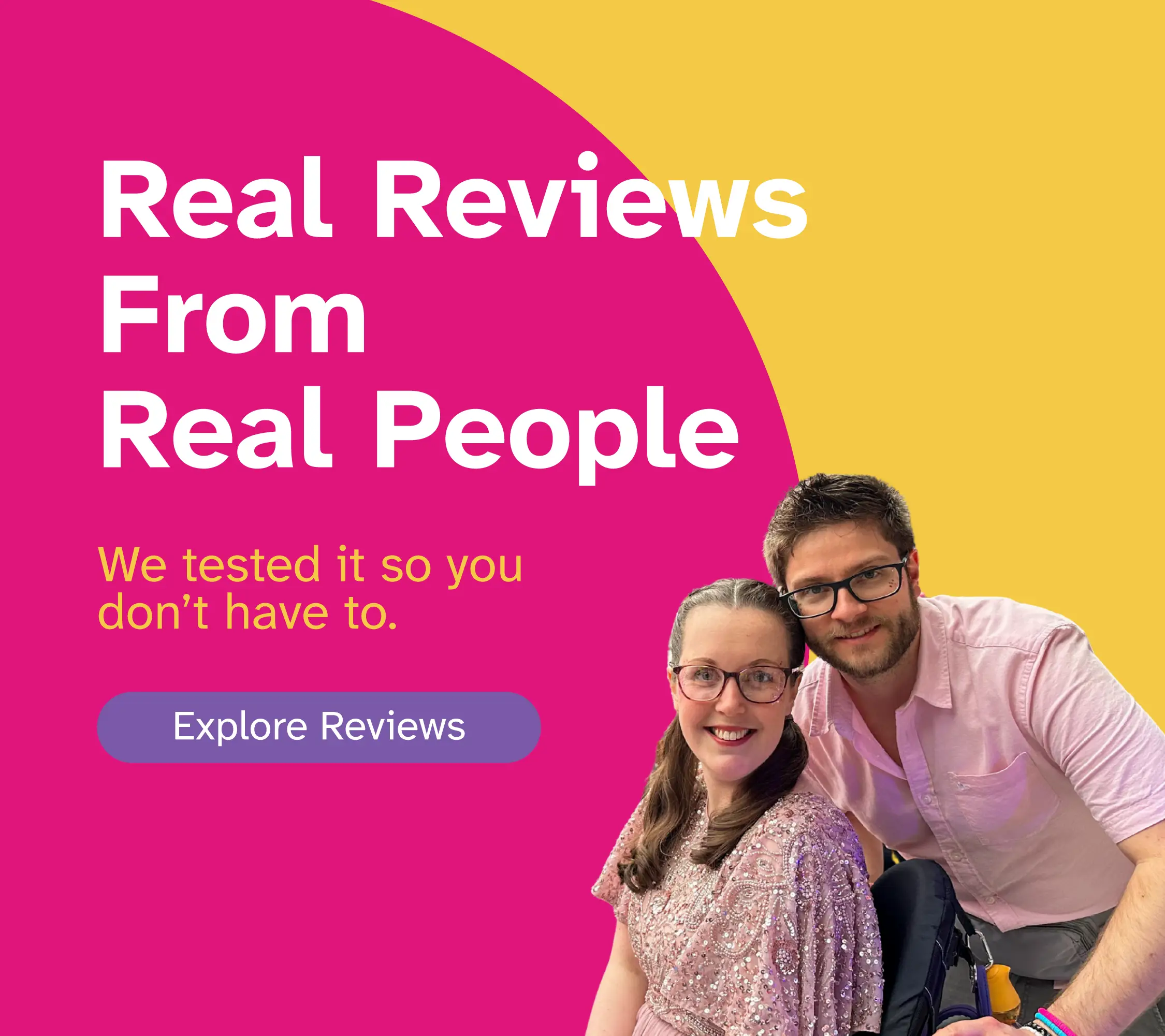This is a post I made on December 4th last year and it gives a pretty good summary of the medical challenges I face on a daily basis; most of which you cannot see and unless I’m having a really bad day I can pretty much hide all of them, other than needing to use my stick or wheelchair to get around.
However, this #InvisibleDisabilitiesWeek, I’ve been struck by how little we talk about the mental fatigue, emotions, stresses, routines, appointments, medication management, and other factors we’ve to manage. All things which are so often overlooked when we talk about our invisible disabilities, as we’re so desperate for people to understand that just because we’re smiling it doesn’t mean we’re not in pain or struggling with other symptoms, we’ve just learned to function alongside it otherwise we wouldn’t ever get the opportunity to engage with the world.
I, like many people with invisible disabilities, live with chronic illness, which means that people outside my home only ever see me at my best. It also means that I live with a constant state of mental fatigue, short term memory issues (made worse by pain medication), and general fatigue, meaning I spend more time than most people sleeping. On top of this basic level of mental fatigue, you then have the addition of managing a schedule of appointments from various departments at different hospitals, along with other medications that have to be taken at different times of day and by different means (something familiar across many people with disabilities or chronic illness). This requires a lot of logistical planning and coordination, which can be particularly challenging when your brain is already struggling to keep track of whether you’ve had breakfast today.
Another unseen pressure is the uncertainty we often face around our disabilities and/or our chronic conditions. For many of us, our conditions, though chronic, are still dynamic and so vary day to day and can also still deteriorate over time. So we’re often managing anxiety and worries about upcoming appointments, the results of which will determine the direction of the next stage of our journey with chronic illness. It’s these stresses and strains on top of managing the physical side of our ‘invisible disabilities’ that I think remain almost double as invisible. Because even when we have awareness weeks like this one, we primarily talk about our physical symptoms, and rarely about the mental struggles that come with them. This week, my carer came to see me with a cold. Whether or not I caught it from her, something caused me to crash out for 4 hours in the afternoon, as if someone had flicked a switch. I went to sleep sitting up in my profiling bed with my laptop on my lap. This is how I woke up 4 hours later, with an appalling neck and backache.
This is the true reality of invisible illness: it’s being totally wiped out by a cold that’s given you a slightly stuffy nose and absolutely no other symptoms, but your body has fallen asleep before you had a chance to get your bed flat and put your laptop down. It’s being anxious because you know your next eye test could be the deciding moment between whether or not you need to discuss surgical intervention with your consultant to protect your eyesight. It’s exhausting trying to keep track of hospital appointments from multiple consultants in at least three different trusts, and having at least seven hospital numbers due to past treatment in others.
It’s not having been able to wash your hair for two weeks, because the times when you’ve had the energy haven’t coincided with the times your carers have been with you. It’s being emotionally exhausted and wanting desperately to be there and respond to your friends, but just not having the energy or the capacity to do so and therefore feeling even worse than you did before. This is the true reality of invisible disability, no shiny photos of me dressed up and looking ‘normal’ and then a photo in pyjamas with a nice tagline saying ‘still disabled’ over both, just the raw reality of real life.
However, before I sign off, I want to add that although I have written this post to highlight the challenges of life with chronic illness and disability, it doesn’t mean I live a miserable, unfulfilled life. Whilst I’ve adjusted and learnt to live within the current capacity of my body, I also make a point of living the best life I possibly can with the energy I do have. One of the most positive and valuable things I do with that time is to volunteer with Access Your Life! Over a year ago, Lauren reached out to me, asking if I’d be interested in writing blogs and reviews. Although it was something entirely new for me, I decided to take a leap of faith, and it’s one of the best things I could have done. It allows me to give something back to the community that has given me so much support since I became unwell; hopefully, it will offer some support to others in a similar situation.
So life isn’t all lows and stress, but there is a constant mental load associated with managing and living with chronic health conditions, which sometimes can be more of a challenge than the physical symptoms themselves. It’s something we need to be more open about and ensure we speak about the mental impact of chronic illness as well as the physical symptoms.
Emma x
Useful Links:
Access Your Life:
www.facebook.com/accessyourlifeltd
www.instagram.com/accessyourlifeltd
x.com/accessyourlife
www.linkedin.com/company/access-your-life
Invisible Disabilities Week:
https://invisibledisabilities.org/seminarsandevents/invisible-disabilities-week/
Auty Zebra:
www.facebook.com/AutyZebra
www.instagram.com/autyzebra
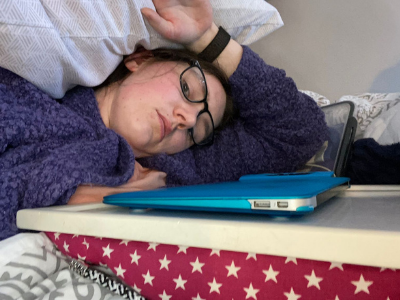

Invisible Disabilities Week
Invisible Disabilities Week is an annual campaign that raises awareness of conditions that aren’t immediately visible, aiming to foster understanding, reduce stigma, and empower those living with hidden illnesses or impairments.
